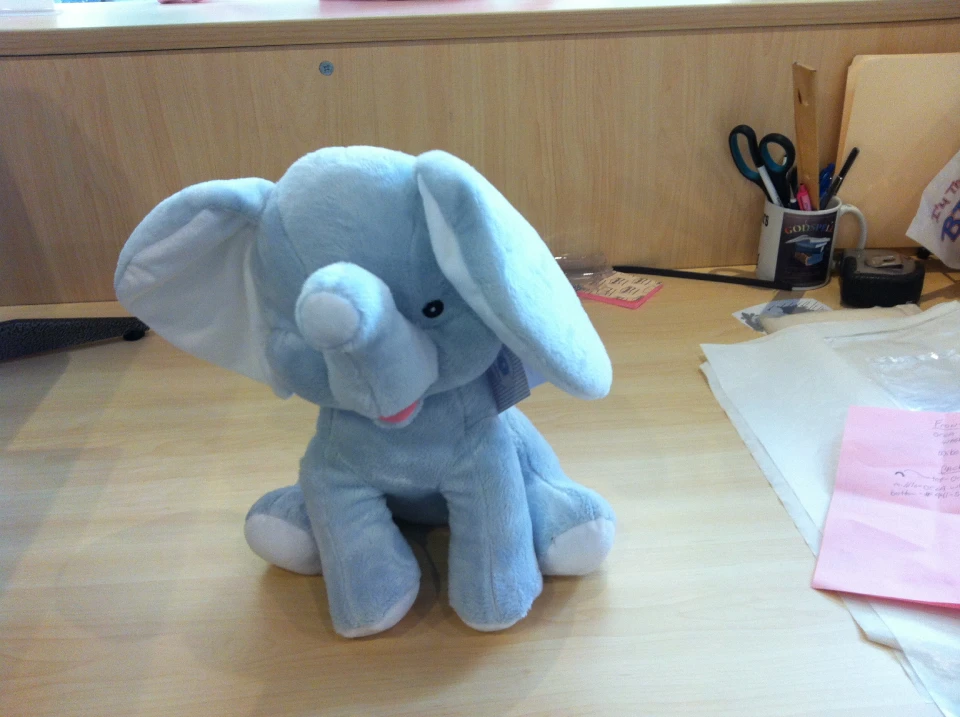Customized Scrubs with Embroidery for a Professional Look
The Art of Custom-made Embroidery: Opening the Keys to Creating One-of-a-kind and Unforgettable Layouts
The keys to developing personalized embroidery layouts that astound the eye and leave a lasting perception lie in a fragile equilibrium of technique, creativity, and focus to information. As we dig right into the globe of custom embroidery, we uncover the nuanced interplay in between string choice, sew intricacy, and layout personalization that boosts a simple garment to a job of art.
Picking the Right Needlework Threads
When picking embroidery threads, what vital variables should you think about to guarantee the ideal results for your personalized styles? The choice of needlework string is crucial in figuring out the final end result of your stitched design. One of the main factors to consider is the material of the string. Different products such as cotton, polyester, rayon, and silk use varying levels of luster, resilience, and appearance. It is necessary to choose a thread material that complements the material you are stitching on and aligns with the desired look of the style.
In addition, the weight or density of the string plays a substantial duty in the appearance of the embroidery. Thicker threads can include measurement and structure to your layout, while finer strings are perfect for complex details and little message. Furthermore, taking into consideration the shade fastness and washability of the thread is crucial to make certain that your custom layouts maintain their high quality and vibrancy over time. By carefully evaluating these elements and choosing high-grade strings that satisfy your specific requirements, you can enhance the visual charm and durability of your embroidered creations.
Discovering Different Stitch Strategies
To dig into the world of 'Discovering Various Stitch Techniques', one must realize the ins and outs and nuances that each stitching approach offers the art of embroidery. Different stitch strategies not only add visual rate of interest but also add to the general structure and measurement of the style. One popular stitch strategy is the satin stitch, which includes closely packed parallel stitches to develop a smooth and glossy surface, perfect for filling in forms and producing bold lays out.
On the other hand, the backstitch is a flexible technique frequently used for describing and adding great information. It includes sewing backward to produce a solid line of needlework. Furthermore, the French knot stitch adds a responsive element to styles, ideal for developing textured accents like blossom facilities or ornamental touches.
Exploring various stitch techniques enables embroiderers to have fun with light, shadow, and depth within their layouts, elevating the visual appeal and creative top quality of their embroidery jobs. By grasping numerous sewing approaches, one can unlock limitless opportunities for creating one-of-a-kind and remarkable customized needlework items.
Incorporating Personalized Layout Elements
Having explored the complexities of various stitch strategies such as the satin stitch, backstitch, and French knot, the emphasis now shifts towards integrating tailored layout elements in custom needlework tasks. Personalized design elements click this site play a crucial function in making needlework tasks truly unique and unforgettable. One method to integrate customization is by including initials, names, or substantial days to the layout. This not only adds a personalized touch however additionally improves the nostalgic worth of the needlework piece.
Another method to integrate customized layout aspects is by including signs or themes that hold unique significance to the recipient or mirror their rate of interests and individuality. As an example, incorporating a preferred blossom, animal, or hobby-related icon can make the needlework layout a lot more significant and personalized. Additionally, picking colors that resonate with the recipient or straighten with the intended style can better enhance the personalization of the needlework task.
Mastering the Art of Color Sychronisation

One trick aspect of color control is understanding shade concept. This includes recognizing exactly how various colors engage with each various other, the emotions they communicate, and just how they can be combined to produce aesthetically appealing styles. By using color theory concepts, embroiderers can produce unified shade palettes that improve the total appearance of the design.
Furthermore, taking notice of contrast is important in shade coordination. Utilizing contrasting colors can help certain components of the style pop, improve legibility, and create a visually vibrant needlework piece. By understanding the art of color coordination, embroiderers can raise their layouts and create memorable items that reverberate with customers and visitors alike.
Enhancing Texture With Advanced Embroidery Stitches
French knots, for instance, cifonelli shirts are best for official statement including tiny, elevated dots to your design, mimicking the look of beads or producing a textured surface. Bullion knots, on the various other hand, can be used to create twisted, ropelike components that add a luxurious feel to the embroidery. Seed stitching involves tiny, scattered stitches that can fill in locations with a speckled structure, while turkey work produces fluffy, dimensional accents reminiscent of animal hair or foliage. Trying out these advanced embroidery stitches allows you to press the limits of traditional embroidery and create truly unique and aesthetically enticing appearances in your layouts.
Conclusion
To conclude, the art of custom-made embroidery involves a mix of selecting the ideal strings, checking out different stitch techniques, including tailored style aspects, understanding color coordination, and boosting structure with innovative stitches. By comprehending and executing these crucial elements, embroiderers can develop special and memorable layouts that showcase their creative thinking and ability. Needlework lovers can open the tricks to developing lovely and custom items that stick out and leave a long lasting impact.